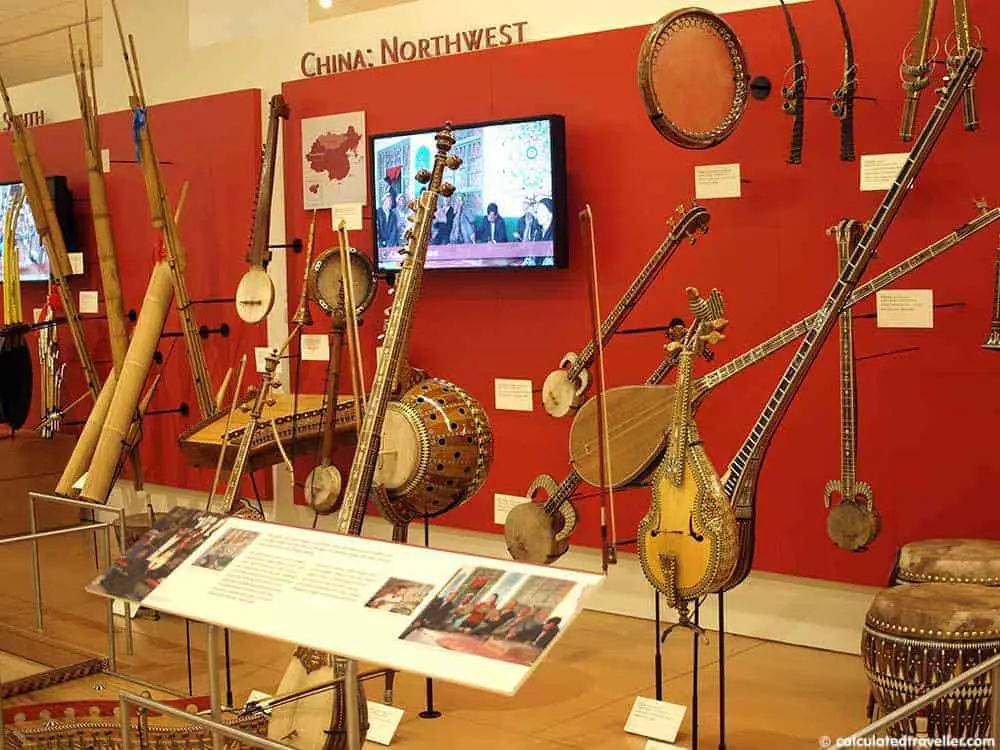I think that the reason that museums collect have changed throughout the years. Obviously, as we learned through each module, the reasoning behind museums collecting things didn’t start off as a positive thing. They started out as cabinets of curiosities, and very few (if any) precautions were taken before the collectors took whatever “curiosities” they wanted. These cabinets were just a jumbled collection of most likely, stolen objects that the collectors thought were cool and had decided to show off. The cabinets were also just run by rich people.
As museums, started to become more institutionalized, there started to be more order in the objects that they “collected”. Museums started to have some sort of order to their collections, or they started to have themes, like if the museum was a natural history museum or a cultural museum. Museums also started to become more wide spread and with the idea of “for the public” in mind, instead of just a rich person’s collection. While these are all positive steps forward for organization and aiming to be more for the public are great, there still wasn’t a lot of rules or regulations in place for the ethical collection of the exhibits and objects.
Only until more recently have there actually been more regulations put in place for the ethical parts of museum collect. One huge example is NAGPRA, many museums had objects that belong to indigenous groups that were most likely stolen and put on display in museums. As we moved into the 21st century, there has been a lot more emphasis on collecting ethically, and returning stolen artifacts to their original homes. With these movements that focus more on ethically collecting and returning objects to their rightful homes, we finally have arrived at why I think modern museums collect. I think that museums collect in order to preserve the past, and as a way to inform the public about whatever subject the museum focuses on. Gone are the days where some rich guy will steal artifacts and show them in a haphazard arrangement for a few people to see. Now is the time where museums are for the public, and act as a way to inform, preserve and educate.
Question: Have you ever looked at a museum collection, and thought about how it ended up in that museum?

There were a few times where I did wonder how museums grew thier collections, and for the majority of my life I assumed many parts of the collections were donated or aquired through secondary means. I have since learned that for the majority of museums, this is true.
Great explanation of the historical reason for museums collecting to relieve the cabinets of curiosities of the rich. I remember touring the controversial Body Worlds exhibition as a middle schooler and wondering where did the artist of the exhibition get all of these human bodies from to create his collections. I always found the collection interesting but more so disturbing (in an ethical point of view).